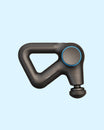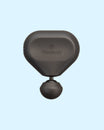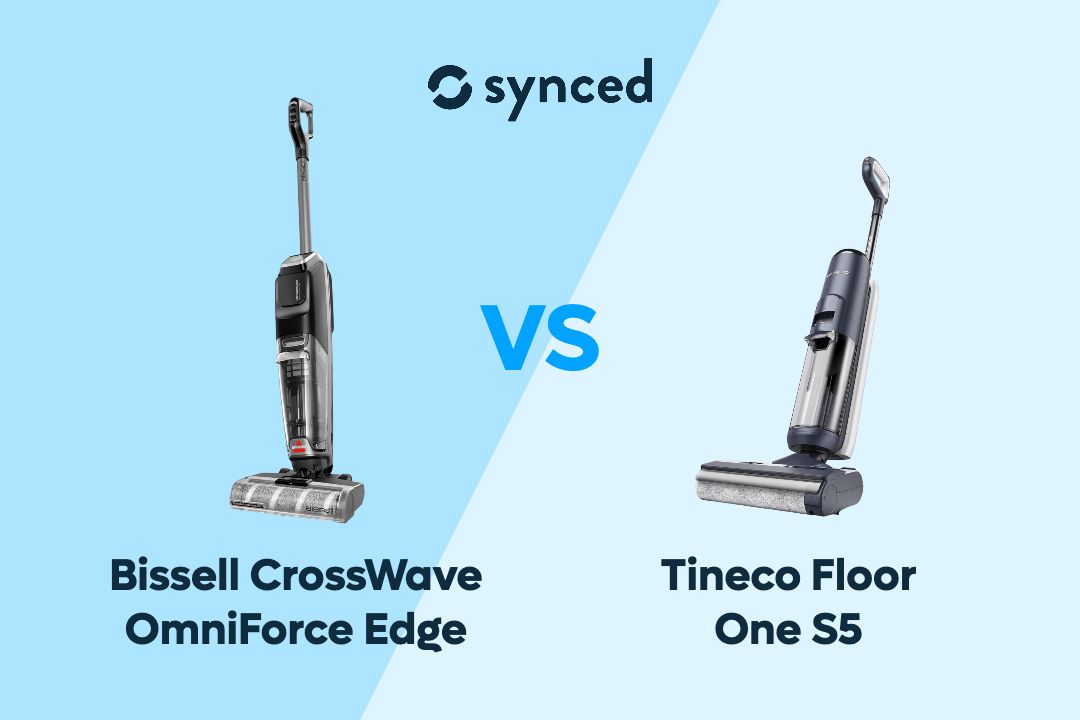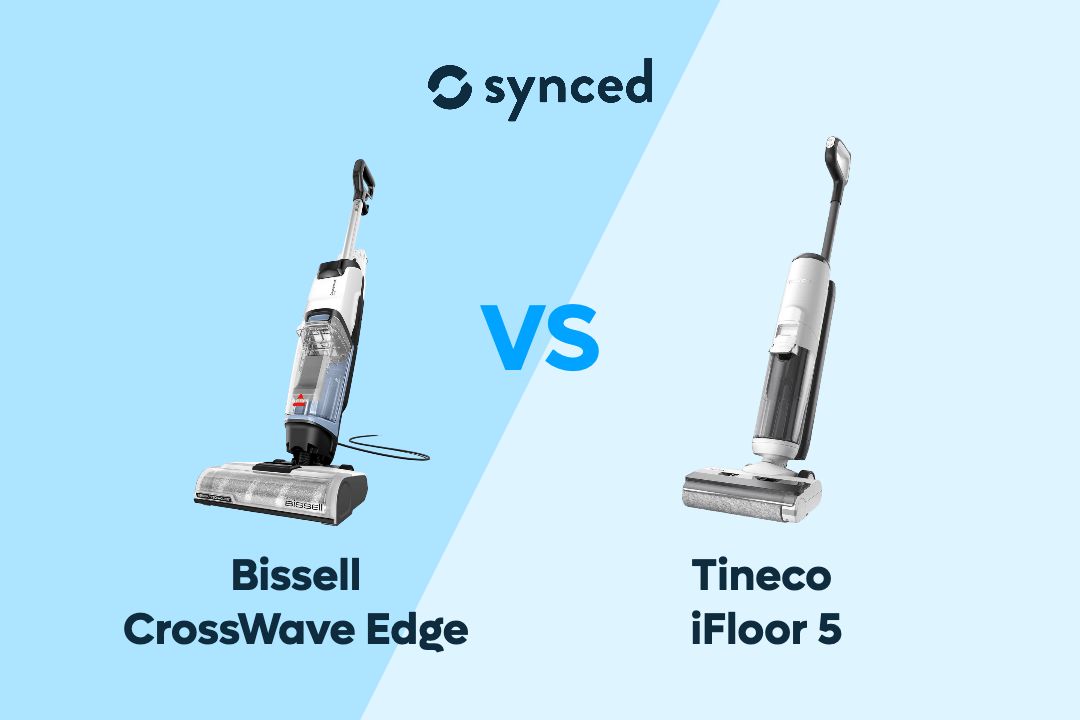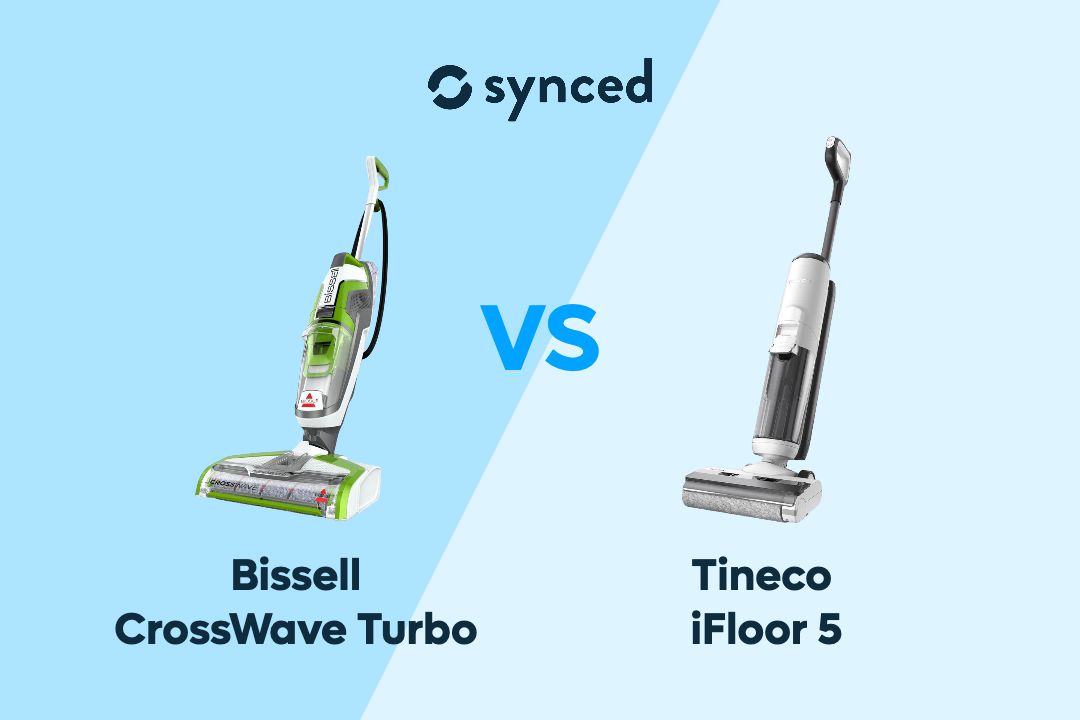Samsung QN85C vs QN85D: Blacks vs. Blicks
By Elisabeth Christ
Published May 2024

When it comes to high-end TVs, Samsung is a name that often comes up. Their QLED lineup has been a favorite among tech enthusiasts and casual viewers alike. Today, we're going to take a closer look at two of their latest offerings - the Samsung QN85C and the Samsung QN85D. These two TVs pack a punch, but which one is the better choice for your living room? Let's dive in and find out.
Key Takeaways
The Samsung QN85C and QN85D are both high-end TVs that boast impressive features and performance. While both models share similar specs, the QN85D stands out with its new processor, which enhances color accuracy and contrast. This processor, combined with the TV's 200 motion rate, provides a smoother gaming experience. Additionally, the QN85D's 40W audio with Samsung Object Tracking Sound Lite technology offers a more immersive audio experience compared to the QN85C's 60W audio with Object Tracking Sound.


Samsung QN85C
Better Choice for Deep Blacks and Contrast
✓ Quantum Dot display with wide color gamut and more accurate color reproduction
✓ 8K (7680 x 4320 pixels) resolution
✓ 120Hz refresh rate for smooth motion handling
✓ HDR10+ support for image quality optimization

Samsung QN85D
Better Choice for Viewing Angles
✓ Quantum Dot Technology with 100% color volume
✓ 4K Ultra HD resolution for crystal-clear picture
✓ 120Hz refresh rate for smooth action on fast-moving content
✓ Tizen powered for seamless smart TV experience
#1 Price & Design

Samsung QN85C
The Samsung QN85C and QN85D are both premium 4K QLED TVs, but there are some key differences in their pricing and design. The QN85C retails for around $1,699 for the 65-inch model, while the QN85D is priced at $1,899 for the same screen size. This difference can be attributed to the QN85D's more advanced panel technology and additional features.
In terms of design, both TVs feature a sleek and minimalist aesthetic with ultra-thin bezels. The QN85C has a depth of just 27.2 mm inches, while the QN85D is slightly thicker at 46.3 mm. The QN85D also includes a more premium metal frame, giving it a more high-end look and feel compared to the QN85C's plastic construction.
#2 Features & Performance

Samsung QN85D
The Samsung QN85C and QN85D are both high-end TVs that boast impressive features and performance. Both models are part of Samsung's Neo QLED series, which is known for its advanced Mini LED backlight technology. This technology allows for a more precise control over the backlight, resulting in better contrast and color accuracy.
In terms of picture quality, the QN85D has a slight edge over the QN85C. The QN85D features a new processor that is designed to deliver better colors and contrast. This processor, known as the second-generation Samsung AI processor, is capable of upscaling the overall performance of the TV, resulting in more vivid colors and deeper blacks. Additionally, the QN85D has a higher motion rate of 200, which is designed to reduce motion blur and create a smoother viewing experience. The QN85C, on the other hand, has a motion rate of 100, which is still effective but not as advanced as the QN85D's.

Samsung QN85C
One of the standout features of these TVs is their advanced panel technology. The QN85C and QN85D both utilize Samsung's state-of-the-art Mini-LED backlighting system, which employs thousands of tiny LED lights to provide precise local dimming and exceptional contrast ratios. In terms of picture quality, both models excel in delivering stunning 4K HDR visuals. With support for HDR10+, Dolby Vision, and HDR10, these TVs are capable of reproducing a wide color gamut and delivering exceptional dynamic range. The QN85C is also equipped with enhanced Quantum HDR 32X technology, which boasts a peak brightness 1500 nits.
Both TVs also support HDMI 2.1 bandwidth on all four HDMI inputs, allowing for 4K @ 120Hz signals from a PC or console. This is particularly useful for gamers who want to take full advantage of their gaming setup. Furthermore, both TVs are compatible with various VRR technologies, which help minimize screen tearing and provide a more seamless gaming experience. The QN85D also features Samsung's Object Tracking Sound Lite technology, which enhances the audio output by delivering sound from the object's location, creating a more immersive experience. Overall, while both TVs offer excellent performance, the QN85D's advanced processor and higher motion rate give it a slight edge in terms of picture quality and gaming capabilities.
#3 Sound Quality

Samsung QN85D
The Samsung QN85C and QN85D both deliver impressive sound quality, though there are some notable differences between the two models. The QN85C features a 4.2-channel speaker system with a total output of 60W, while the QN85D steps it up to a 4.2.2-channel setup with 70W of power. The QN85C's speakers utilize Dolby Atmos technology to create a more immersive, three-dimensional soundscape. This advanced audio format adds height channels to the traditional surround sound experience, allowing for more precise placement of sound effects and a greater sense of audio depth. Frequency response on the QN85C is rated at 40Hz to 20kHz, delivering a well-balanced sonic profile with solid bass extension and crisp, detailed highs.

Samsung QN85C
In contrast, the QN85D takes the audio experience to the next level with its 4.2.2-channel configuration and 70W of total power. This additional speaker array and increased wattage translate to a more powerful, room-filling sound. The QN85D also supports Dolby Atmos, but it takes the technology a step further with Samsung's proprietary Object Tracking Sound+ system. This advanced audio processing analyzes the on-screen action and dynamically adjusts the sound field to match, creating an even more immersive and realistic listening experience. Frequency response on the QN85D is rated at 35Hz to 20kHz, giving it a slight edge in low-end performance compared to the QN85C. Both models offer impressive sound quality that will elevate your home theater experience, but the QN85D's additional channels, increased power, and advanced Object Tracking Sound+ technology give it a slight edge in terms of overall audio fidelity and immersion.
#4 Connectivity & Compatibility

Samsung QN85C
In terms of connectivity, both the QN85C and QN85D offer a similar suite of ports, including four HDMI inputs (with one supporting eARC), two USB ports, Ethernet, and wireless connectivity via Wi-Fi 6 and Bluetooth 5.2. The QN85D, however, includes an additional HDMI 2.1 port, which can be particularly useful for next-gen gaming consoles like the PlayStation 5 and Xbox Series X.
Both TVs are compatible with the major smart home ecosystems, including Amazon Alexa, Google Assistant, and Samsung's own Bixby. They also support popular streaming platforms like Netflix, Amazon Prime Video, Disney+, and more, ensuring a comprehensive smart TV experience.
#5 Potential Downsides

Samsung QN85D
While the QN85D is the more advanced and feature-rich model, it does come with a higher price tag. For some users, the price may not be justified, especially if they don't plan to take full advantage of the QN85D's more advanced capabilities.
Additionally, both the QN85C and QN85D use a VA-type panel, which can result in slightly narrower viewing angles compared to IPS-based panels. This may be a consideration for those who plan to watch the TV from off-center positions.
Samsung QN85C vs QN85D
Final Thoughts

Samsung QN85D vs QN90D
In conclusion, the Samsung QN85C and QN85D are both high-end TVs that offer impressive features and performance. For those considering purchasing a new TV, it's essential to weigh the pros and cons of each model. If budget is a significant concern, the QN85C might be the more affordable option. However, if you're willing to invest in the latest technology, the QN85D's enhanced processor and motion rate could provide a more immersive viewing experience. Ultimately, the decision depends on your dad's specific needs and preferences.
If you like to read more about Smart TVs, check out our other relevant guides here:
Best Smart TVs 2024
Samsung QN90D vs QN90C
Samsung QN90D vs QN90C
Samsung S90D vs LG G4
LG C4 vs Samsung S90C
Don't miss out on tech
Subscribe to our newsletter to stay up to date on the latest tech trends and guides on the best gadgets around.


